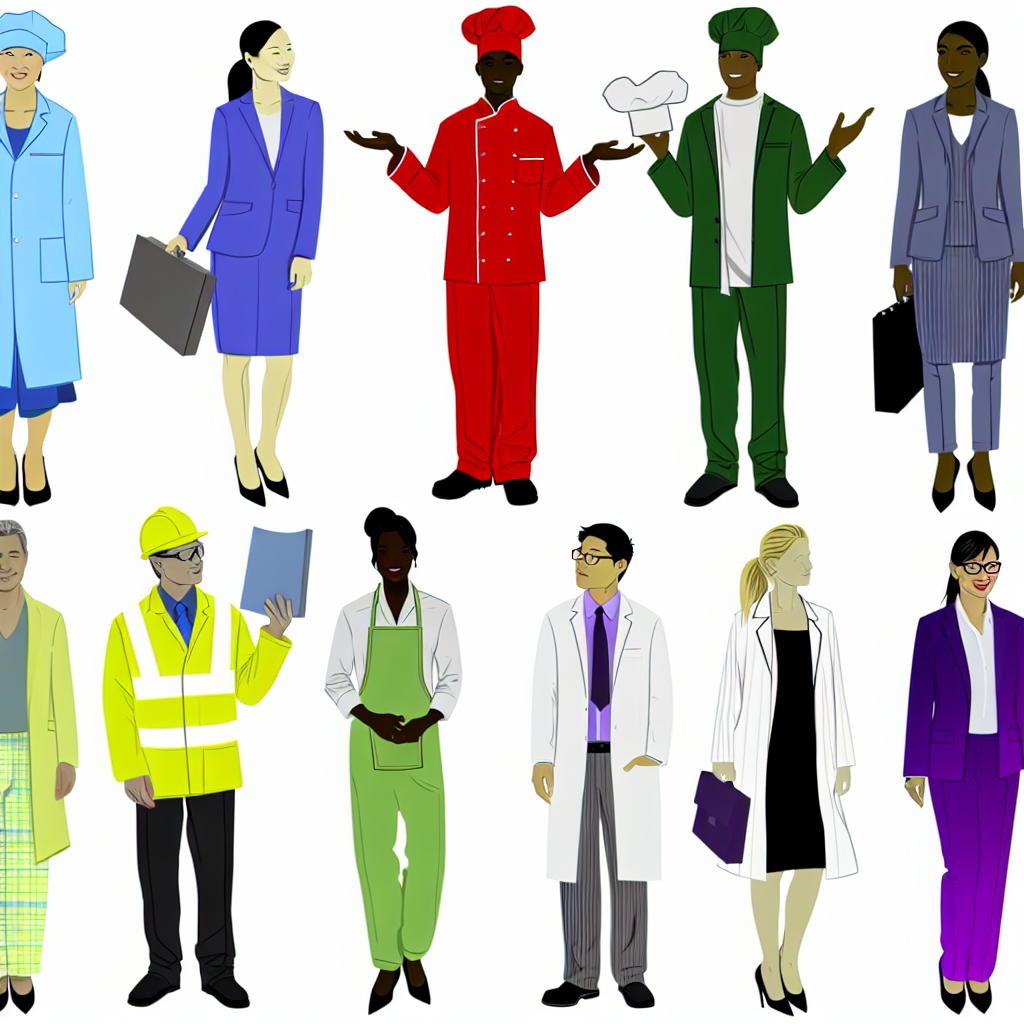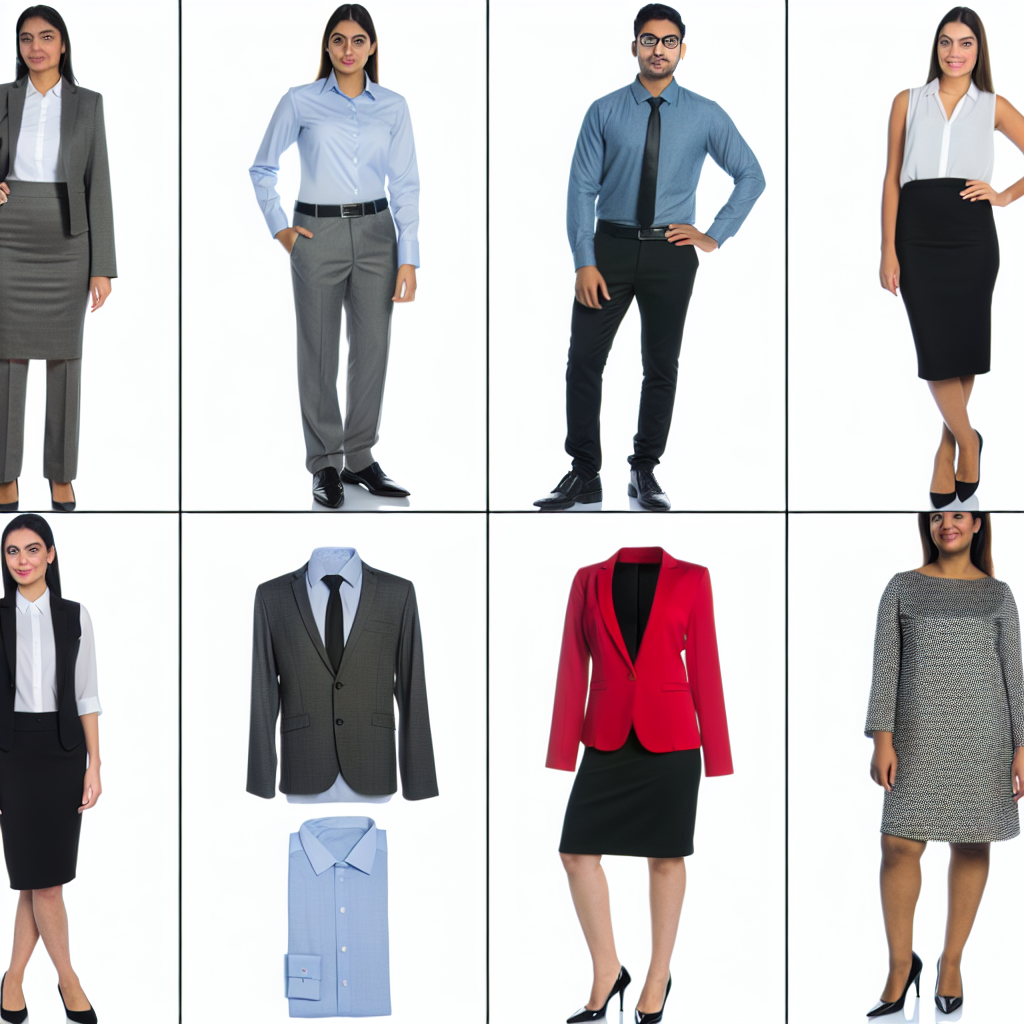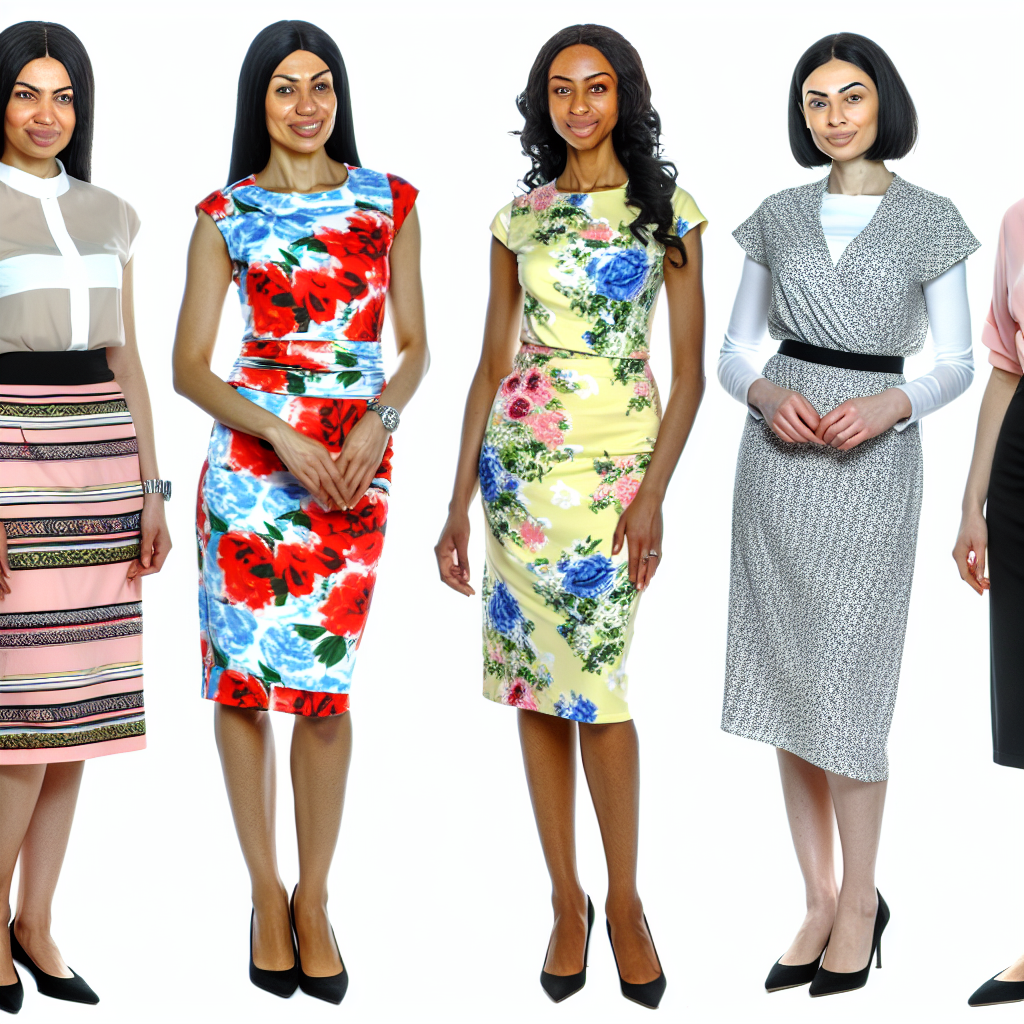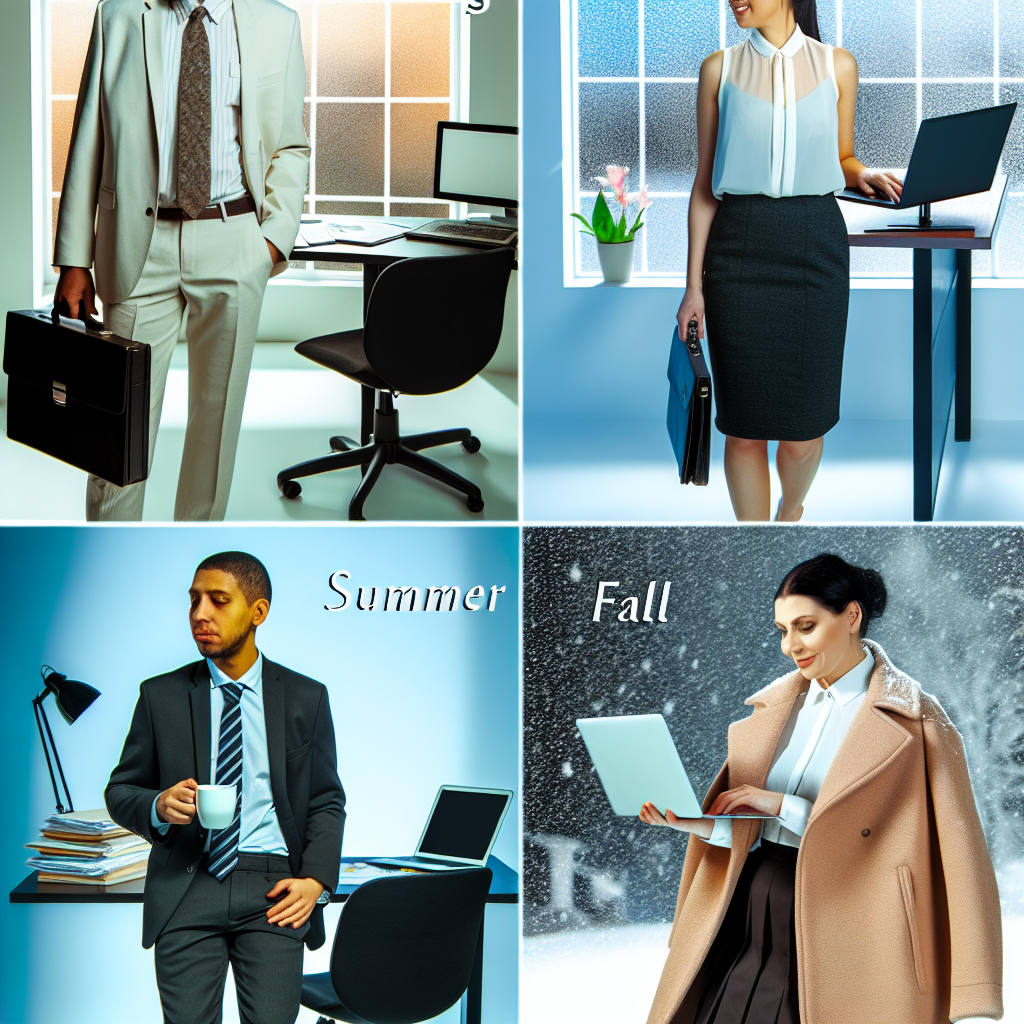Colors play a significant role in how we perceive the world around us, influencing our emotions, moods, and even behaviors. In the realm of workwear, color psychology can have a profound impact on how we are perceived by others and how we feel about ourselves in the workplace. From boosting confidence to promoting professionalism, the colors we choose to wear to work can speak volumes before we even utter a word. Let’s delve into the fascinating world of color psychology in workwear and uncover how the hues we don can shape our professional image.
Choosing the Right Colors for Workwear
When it comes to , it’s important to consider the impact that different hues can have on your mindset and productivity. Color psychology plays a significant role in how we perceive our surroundings and can influence our mood and performance in the workplace.
One key factor to keep in mind is the association of certain colors with specific emotions and traits. For example, blue is often seen as a calming and trustworthy color, making it a popular choice for uniforms in industries where reliability is essential. On the other hand, red can evoke feelings of energy and passion, which could be suitable for roles that require high levels of motivation and dynamism.
It’s also worth considering the cultural significance of colors when selecting workwear. In some cultures, certain colors may carry particular meanings or symbolism that could impact how you are perceived by colleagues and clients. For instance, white is often associated with purity and cleanliness in Western cultures, while it can symbolize mourning in some Eastern cultures.
To ensure that your workwear reflects the values and image of your profession, take the time to carefully choose colors that align with the message you want to convey. Whether you opt for a classic black and white combination for a timeless and professional look, or incorporate pops of green for a refreshing and innovative vibe, selecting the right colors can make a significant difference in how you present yourself in the workplace.
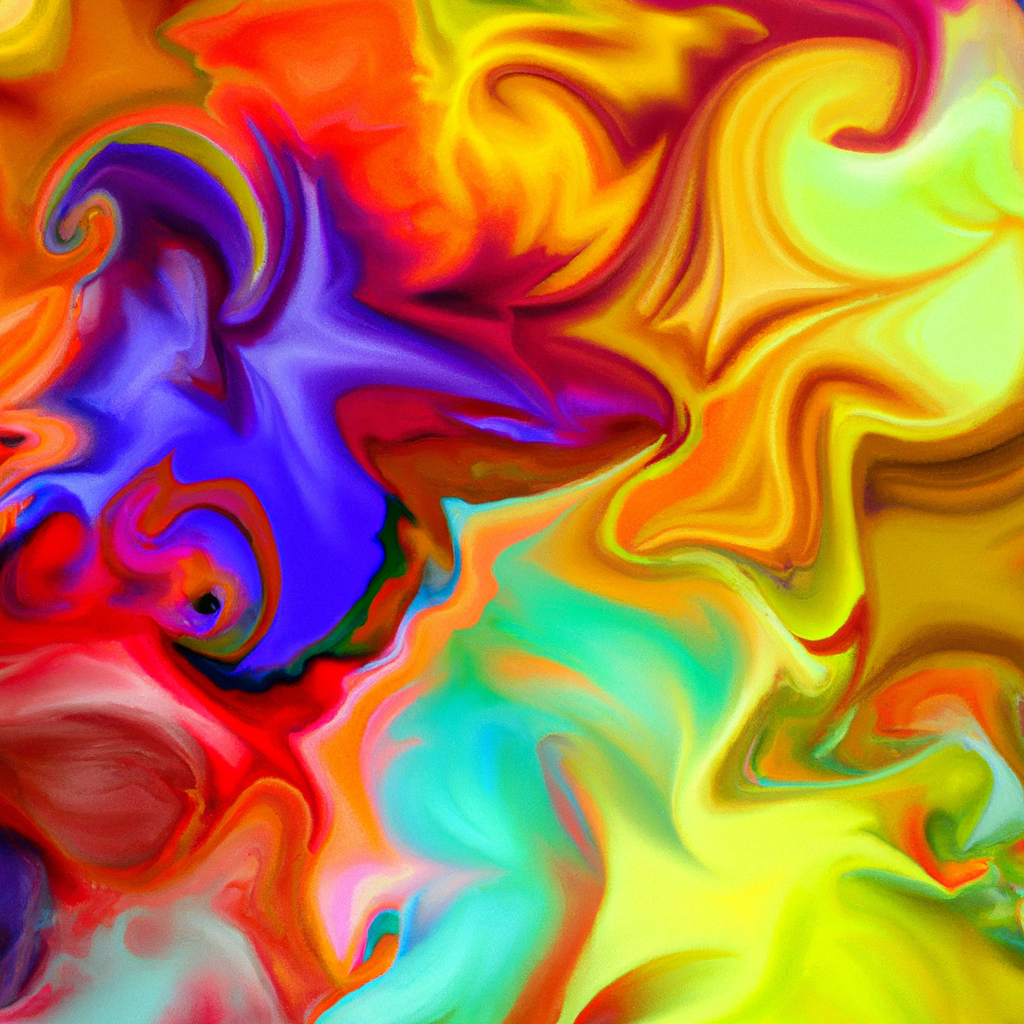
Impressions and Perceptions Associated with Different Colors
When it comes to workwear, color plays a crucial role in influencing perceptions and impressions. Different colors can evoke various emotions and attitudes, impacting how others perceive you in a professional setting. Understanding the psychology behind colors can help you choose the right outfit to make a positive impression at work.
**Blue:** Blue is often associated with trust, reliability, and professionalism. It is a common choice for workwear as it exudes confidence and competence. Wearing blue can help you appear more trustworthy and credible in the workplace.
**Black:** Black is a powerful color that conveys sophistication and authority. It is commonly worn in formal business settings to project a sense of professionalism and seriousness. However, too much black can sometimes come across as intimidating or unapproachable.
**Green:** Green is often linked to nature, growth, and harmony. It can be a refreshing choice for workwear, symbolizing balance and stability. Wearing green can help create a calming and positive atmosphere in the workplace.
| Color | Associated Perception |
|---|---|
| Red | Energy, passion, and excitement |
| Yellow | Cheerfulness, optimism, and creativity |
Creating a Professional and Approachable Image with Color
In the world of workwear, the colors you choose to wear can have a significant impact on how you are perceived by others. Understanding color psychology can help you create a professional and approachable image that is sure to make a lasting impression.
When it comes to selecting colors for your work attire, consider the following tips:
- Blue: Blue is often associated with trust and reliability, making it a great choice for professional settings.
- Black: Black exudes power and authority, but be careful not to come across as too intimidating.
- Gray: Gray is a neutral color that is sophisticated and timeless, perfect for creating a professional look.
- White: White is clean and fresh, but can sometimes come across as sterile. Consider pairing it with other colors for a more approachable look.
By incorporating color psychology into your workwear choices, you can create a professional and approachable image that will help you stand out in any professional setting.
Incorporating Psychological Impacts of Color into Your Work Attire
When it comes to choosing your work attire, it’s not just about looking professional – it’s also about harnessing the psychological impacts of color to your advantage. The colors you wear can have a significant impact on how you are perceived by others, as well as on your own mood and productivity.
Here are some key ways you can incorporate color psychology into your workwear:
- Power Colors: Opt for bold, strong colors like red, navy, or black to convey authority and confidence in the workplace.
- Calm and Productive Colors: Choose soothing hues like blue or green to promote focus and productivity during busy workdays.
- Statement Colors: Add a pop of bright color like yellow or orange to inject energy and creativity into your outfit, making you stand out in a sea of neutrals.
- Color Combinations: Experiment with different color combinations to find what makes you feel most empowered and motivated in your work environment.
By being intentional with the colors you choose to wear to work, you can not only make a great impression on others but also boost your own confidence and productivity levels.
In conclusion, understanding color psychology in workwear can have a significant impact on how we perceive our professional image and how others perceive us. Whether you choose to exude confidence with bold colors or convey reliability with more subdued tones, the colors we wear can shape our interactions and influence our success in the workplace. So next time you’re getting dressed for work, consider the power of color and how you can use it to your advantage. The difference may be just a shade away.
